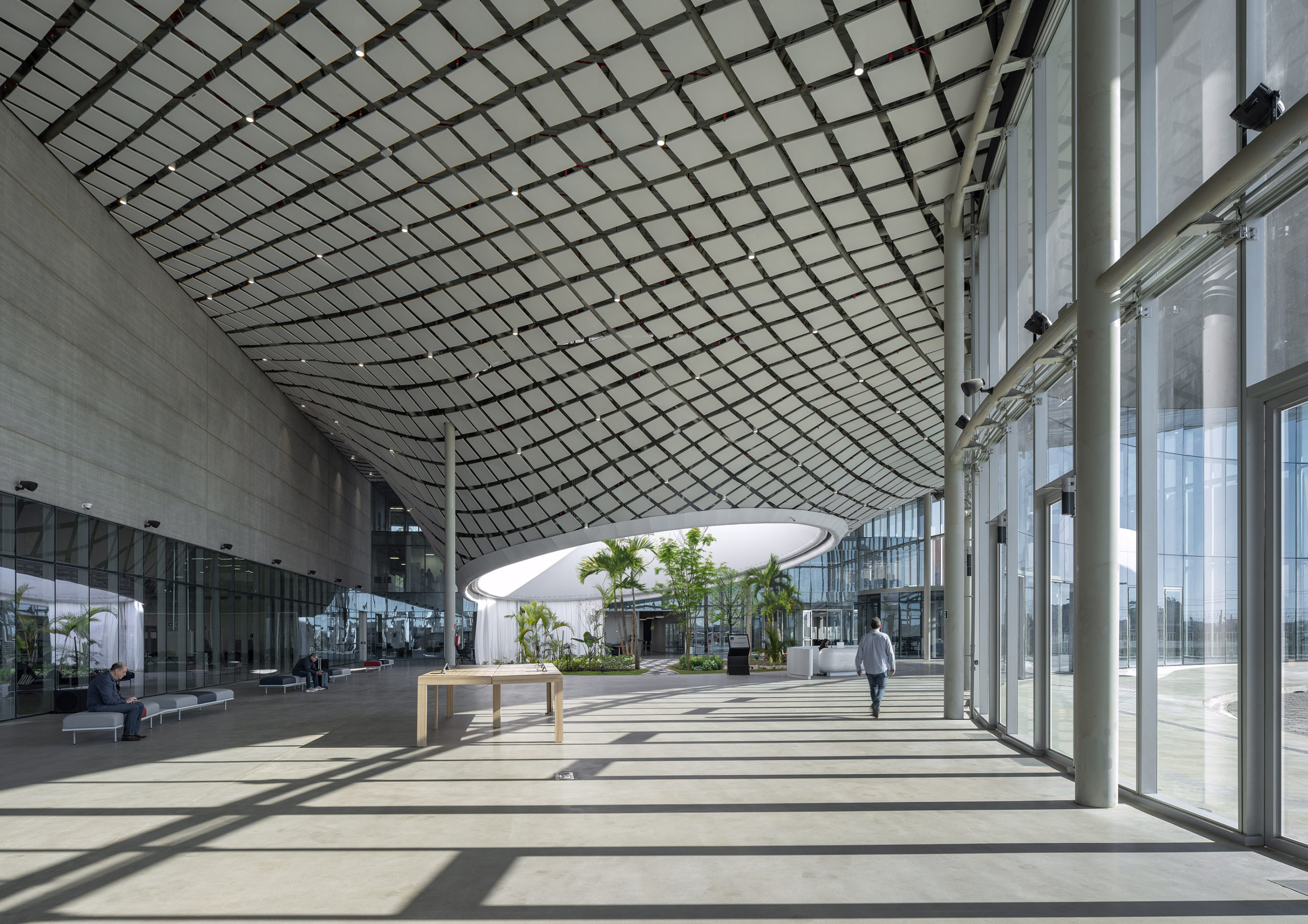- 19 March 2024
- 570 defa okundu.
New Smart Factory in Brazil
Mario Cucinella Architects complete new manufacturing base and R&D Centre for Nice in Brazil.
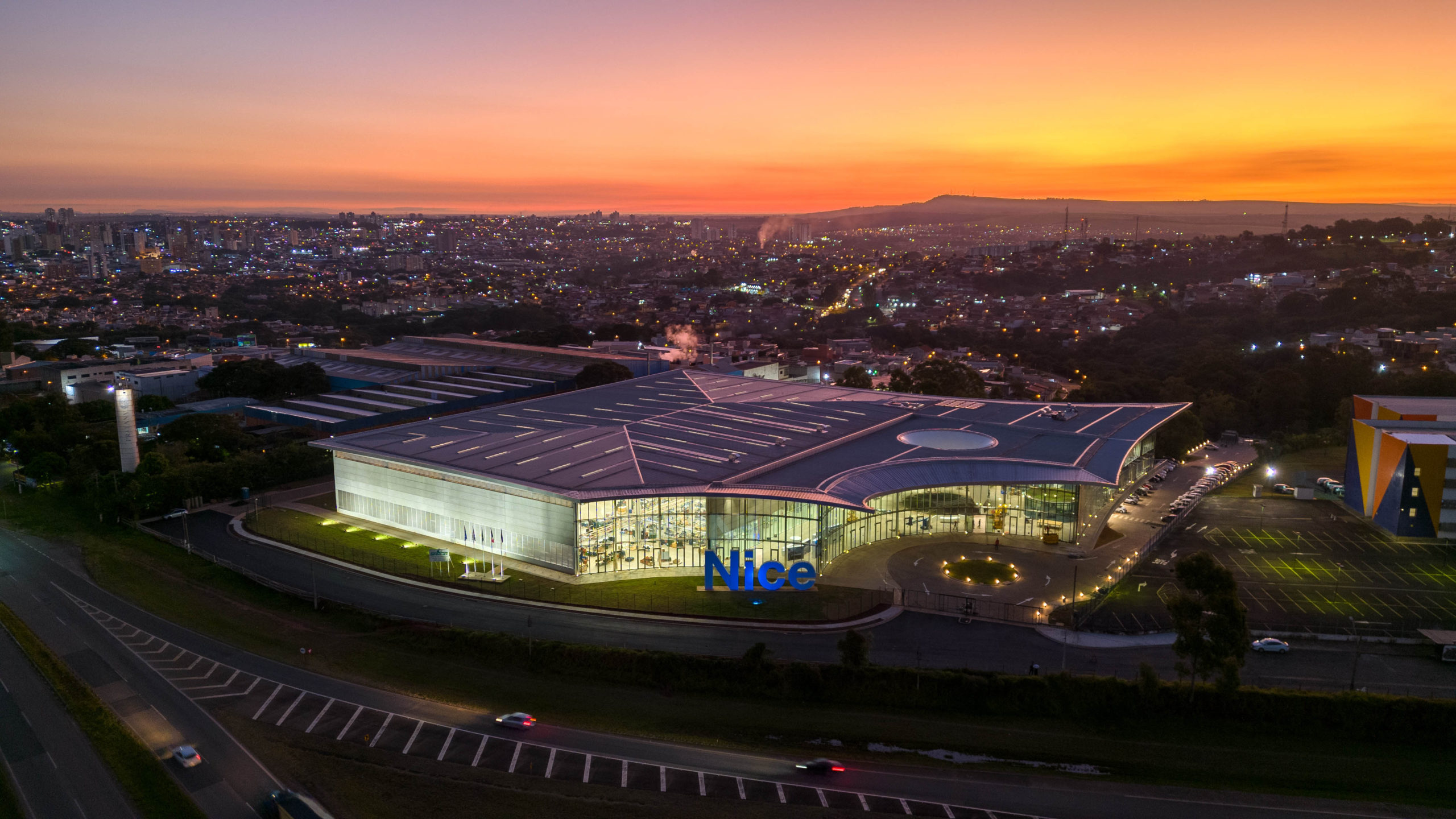
Nice, an Italian multinational leader in the Smart Home automation sector, has inaugurated its new 20,000 square metre Brazilian manufacturing base in the industrial district of Campinas, Limeira, a city located North-West of São Paulo.
Designed by Mario Cucinella Architects the building also houses the company’s International Research & Development Centre and serves as its Brazilian headquarters.
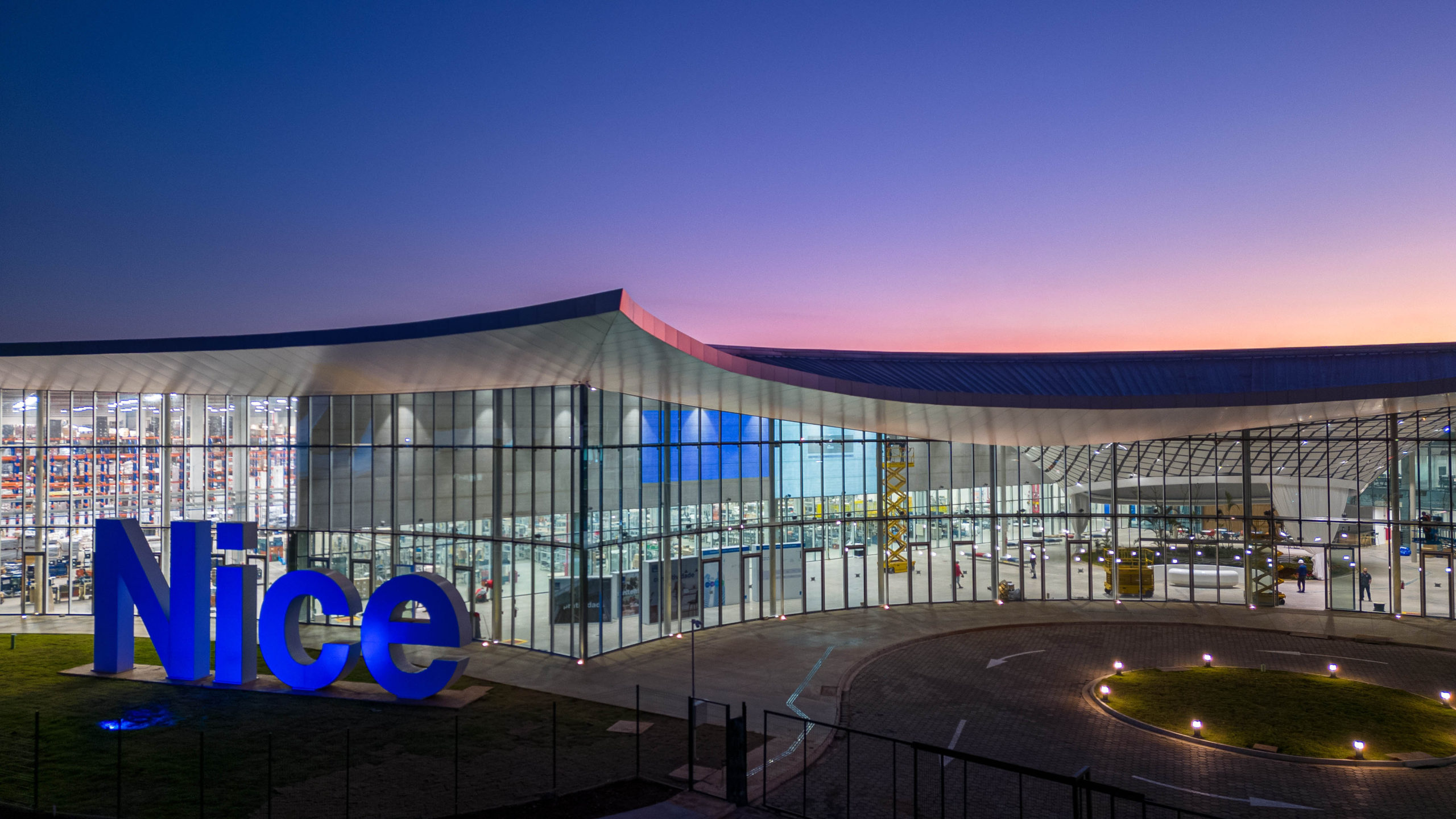
The project benefits from proximity to a natural water source and a forest which encouraged Mario Cucinella Architects to explore a bioclimatic design model both in terms of the building’s form and function.
For example, the distinct tropical leaf inspired sloping roof of the new building rests gently on slender load-bearing columns that protect the existing vegetation.
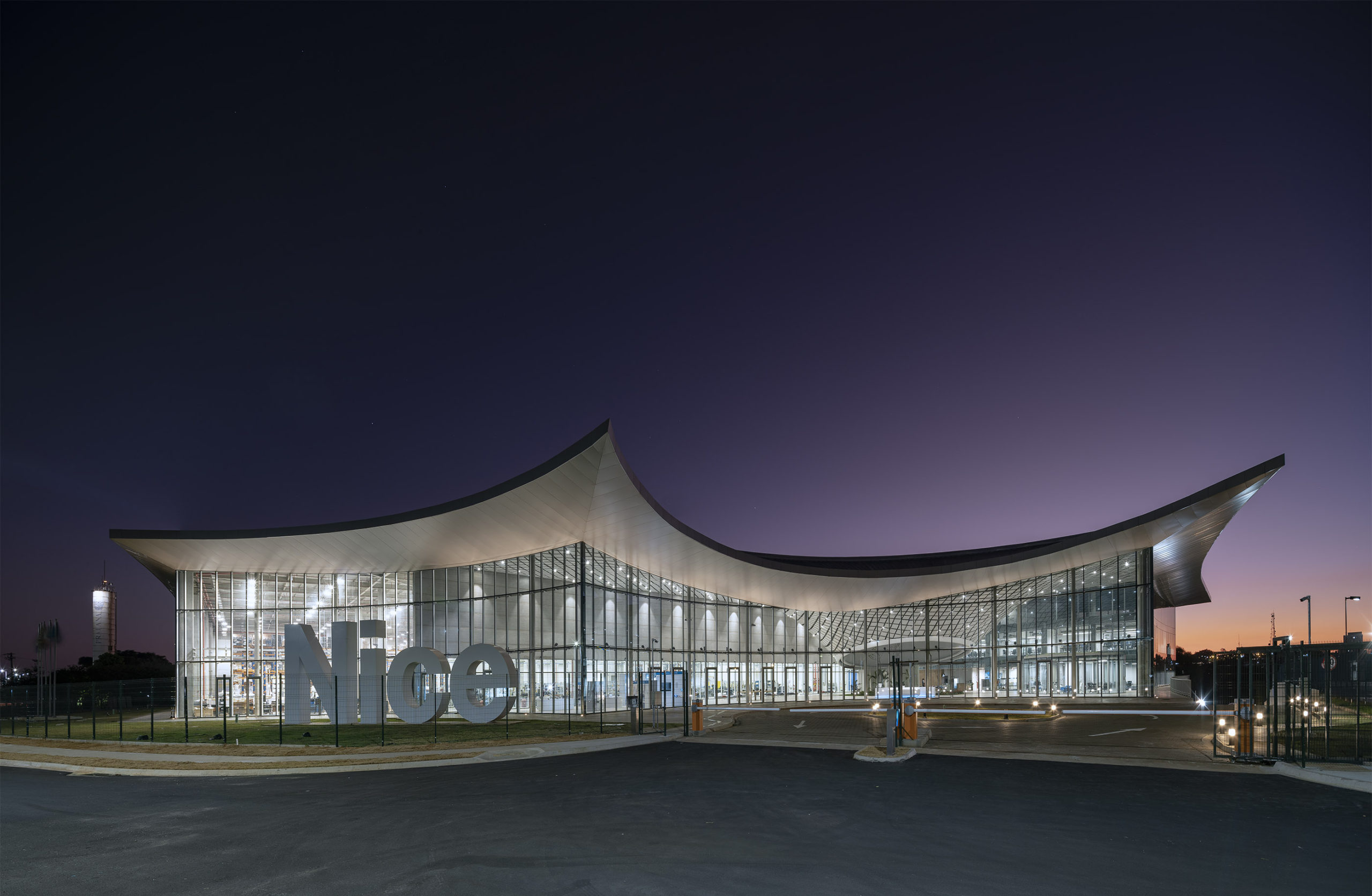
The generous overhanging 2,670 sqm roof offers plentiful shade in and around the building creating an important passive cooling device with its overhang reaching up to 16m. To provide additional shading and protection for the glass façades during the middle of the day, the roof extends outwards from the façades, resulting in a significant annual solar gain reduction.
The courtyard entrance atrium has a distinctive 13.5 metre high funnel at its centre providing constant natural ventilation. The stable and moderate external temperature range in this region has enabled its tall ventilation chimney to be operational throughout the year. The funnel is effectively the building’s lung.
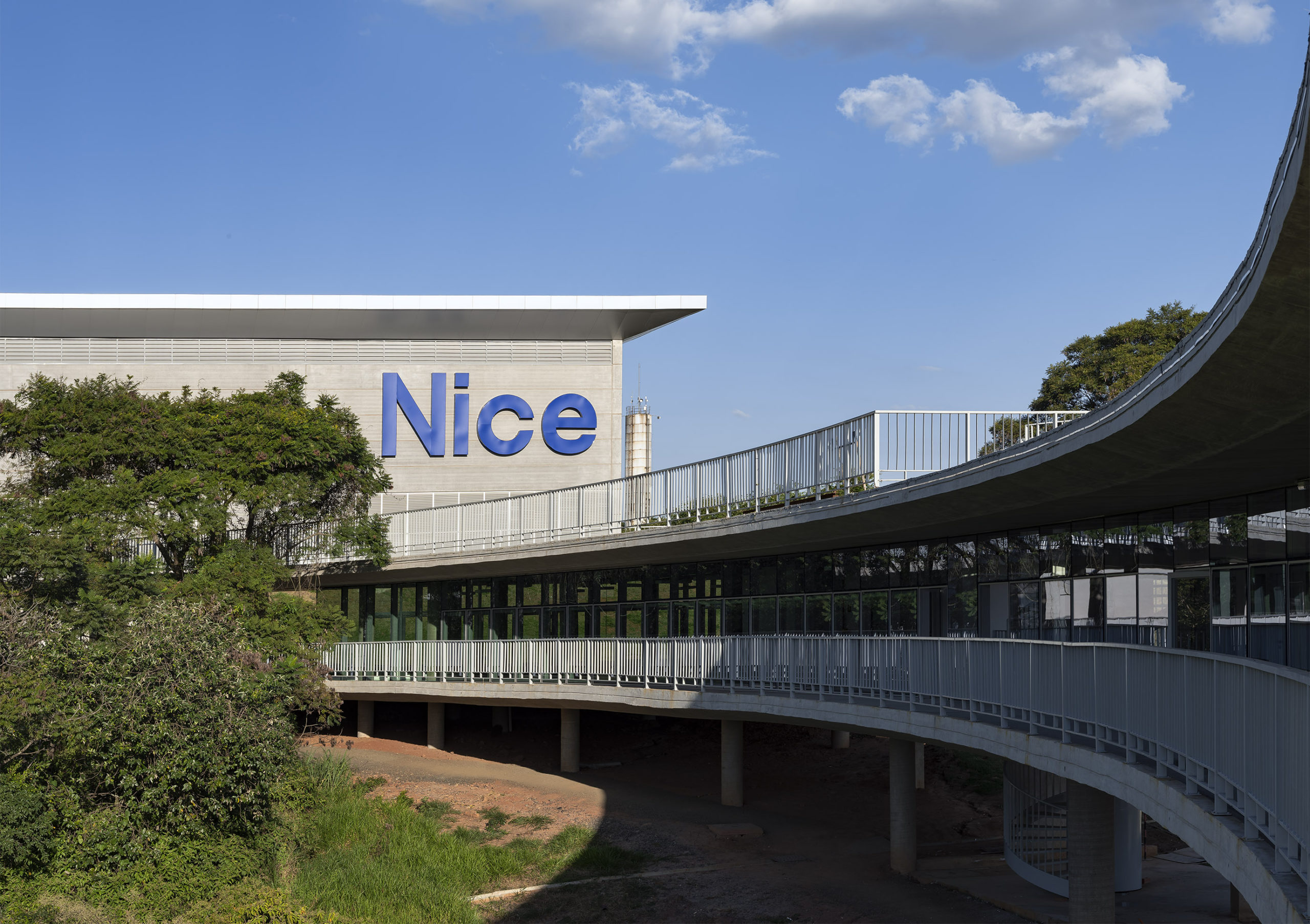
Its organic shape and dominant scale and position express the importance of environmental mitigation to the design of the building. The “lung” is also visible externally and can be seen from most of the building’s other floors including the ground floor where Nice’s showroom and manufacturing spaces are located.
Interestingly, the funnel speaks to a Brazilian tradition of Modernist architecture for which the relationship of the external world is a key component of well-being inside buildings. This tradition is further explored by Mario Cucinella Architects through external circulation and the landscaping on the ground floor introducing a small oasis within the building.
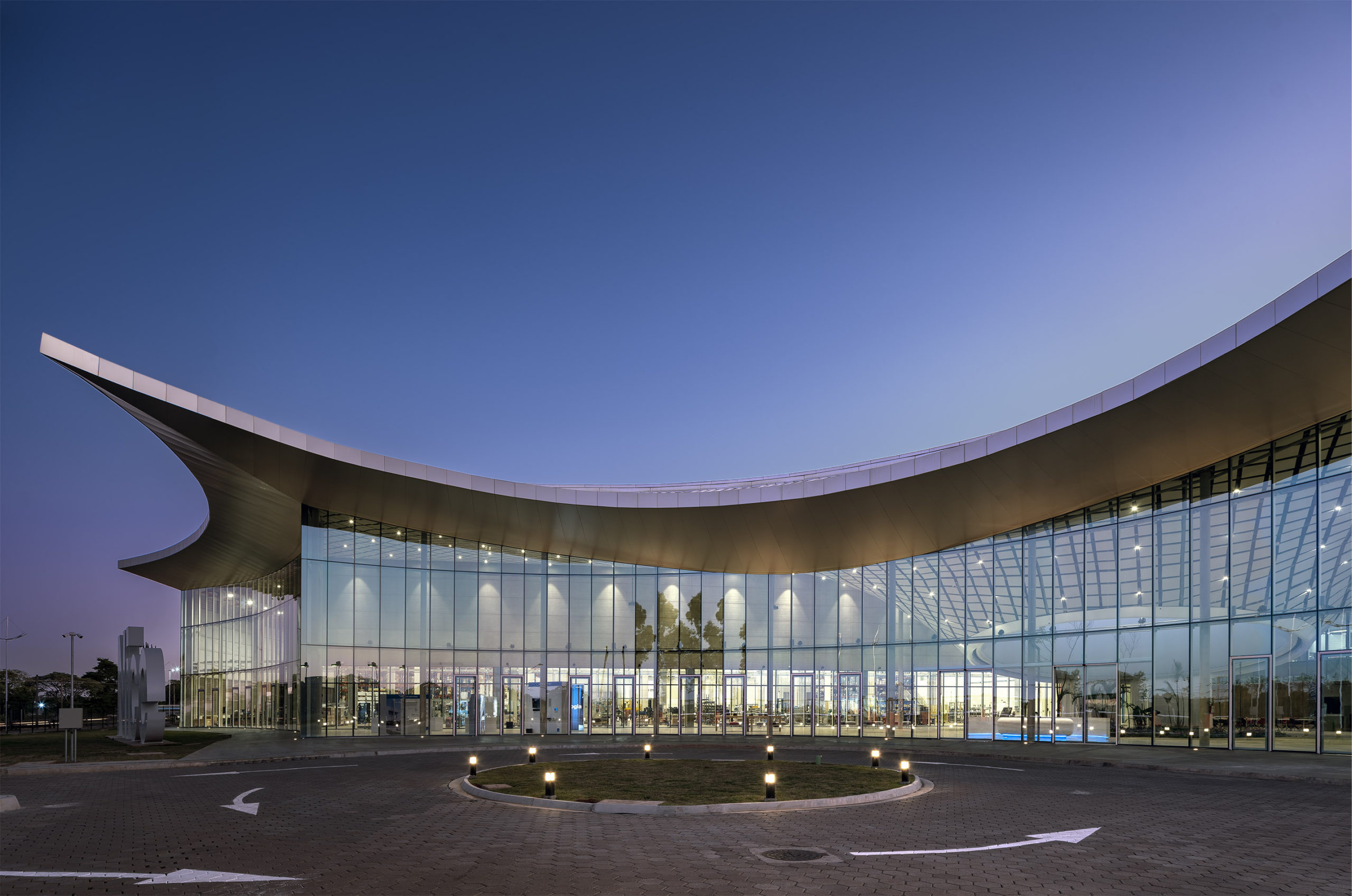
“It is more and more important to be able to give life to architecture that is genuinely in dialogue with the context, with nature. That relationship was considered fundamental in past centuries, but we have gradually come to neglect it. I believe Nice can stand as a virtuous example in that sense: an architecture which, thanks to being in close harmony with the natural elements of its surrounding territory, minimises the impact on the environment”, says Mario Cucinella.
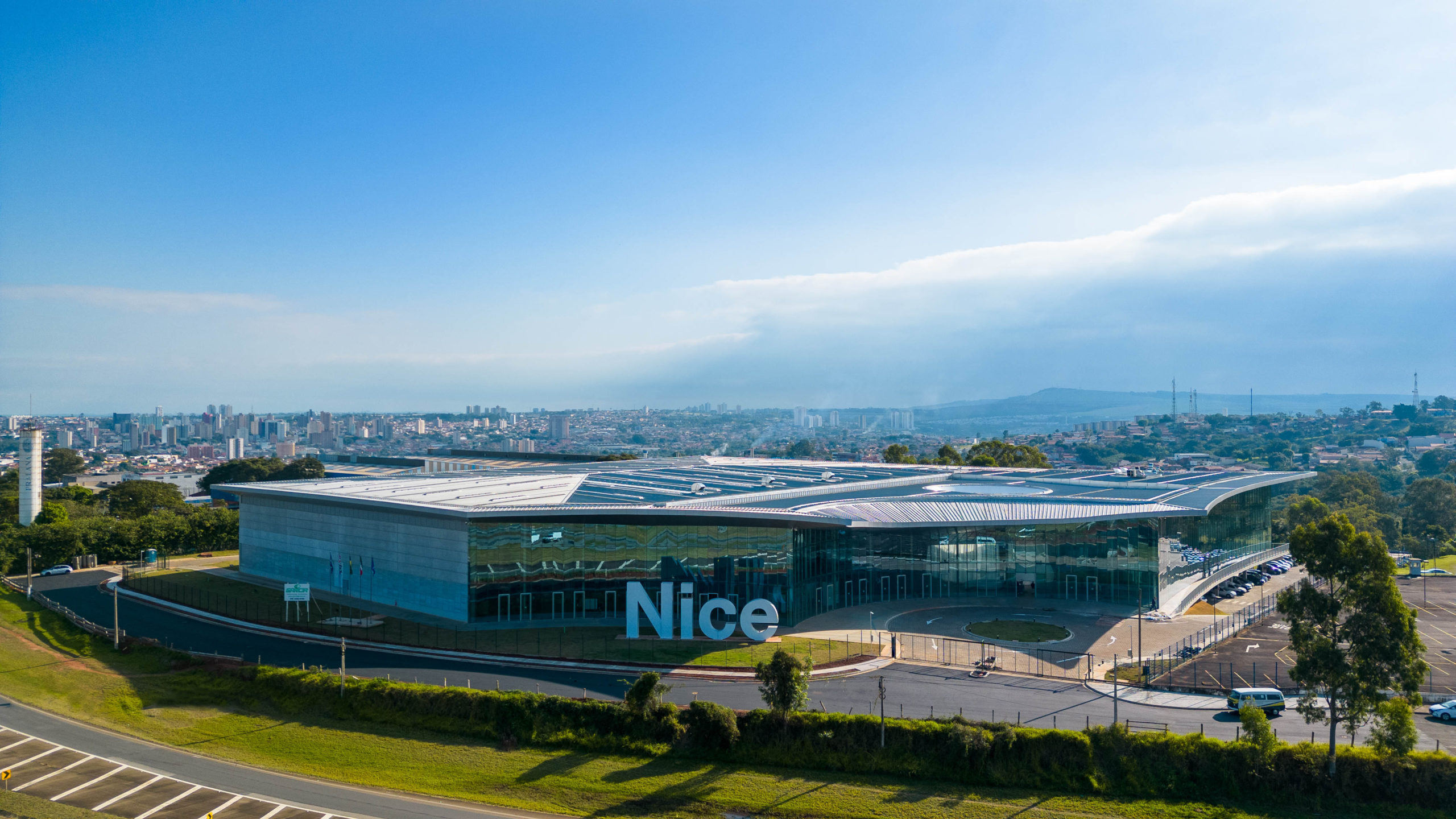
To this end, Nice attains its objective of revolutionising the idea of what a manufacturing space can be by replacing the image of a closed, compact structure with one of maximum openness and permeability.
Inside this sense of interconnectedness also applies to the way in which those working in the building are brought together through large, glazed windows that enable staff and visitors on the ground floor to watch the manufacturing activities.
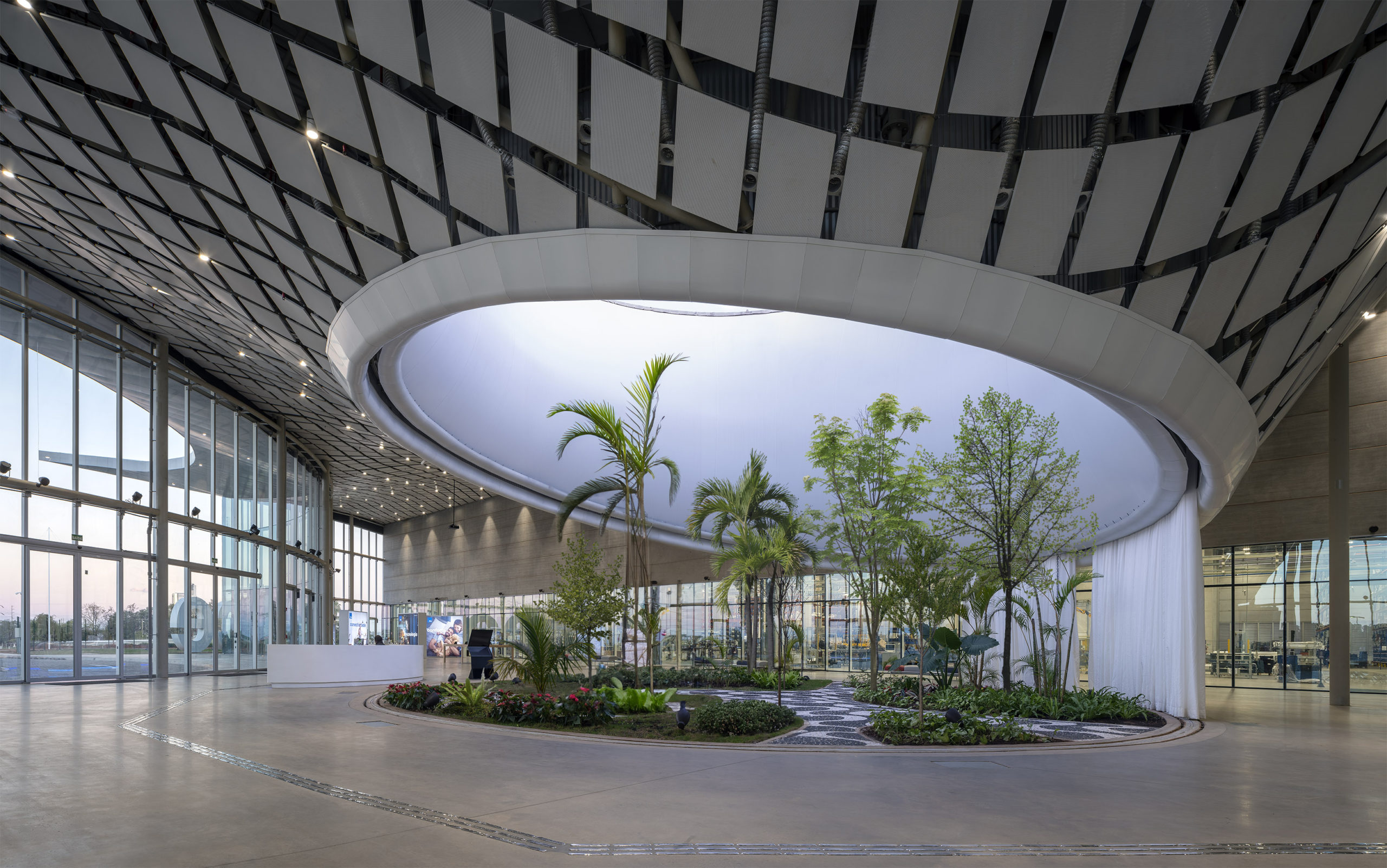
Above, the two levels of office floors and common areas are connected to a 500 m2 annexe with social spaces, including an outdoor kitchen with a churrasco grill. This annexe is reached using elevated walkways that run through the forest, again enabling those in the building to enjoy the surrounding woodland.
Nice’s own Energy Policy guided the Limeira project, setting itself the goal of reducing CO2 from energy consumption by 50% by 2025 and to achieve zero CO2 emissions by 2030. These targets outline a reduction trajectory consistent with international targets to keep global warming below 2°C.
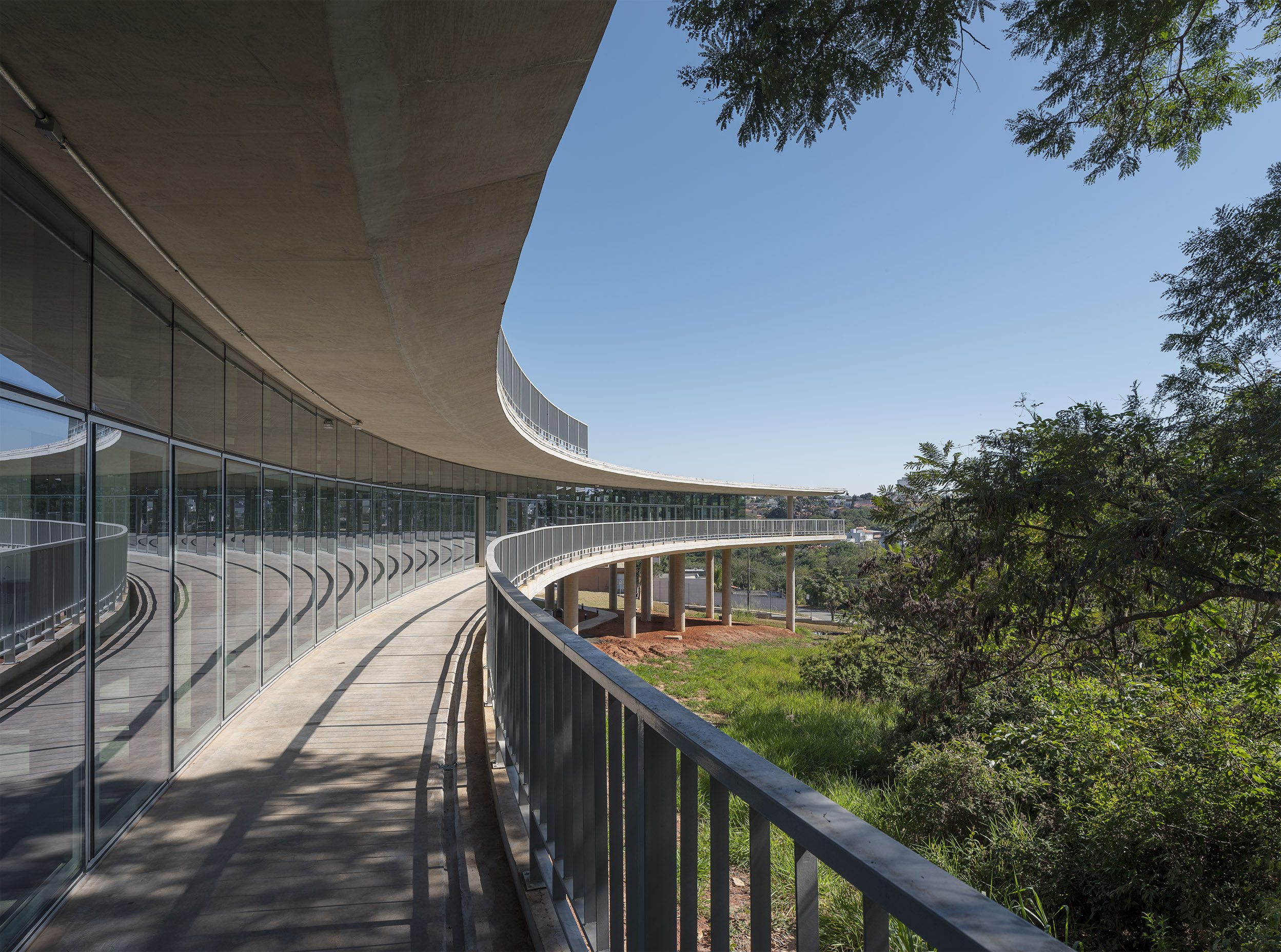
In addition to this, Nice’s manufacturing spaces were conceived as a smart factory based on the principles of Industry 4.0, a new approach that uses new technologies to provide improved working conditions, create a sustainable business model, and increase the efficiency and production quality of factories.
Together, these policies helped inform an approach whereby the combination of thermal mass and natural ventilation render the production areas at Nice free from requiring mechanical heating and cooling while enabling high standards of comfort through a strategic combination of passive environmental control systems.
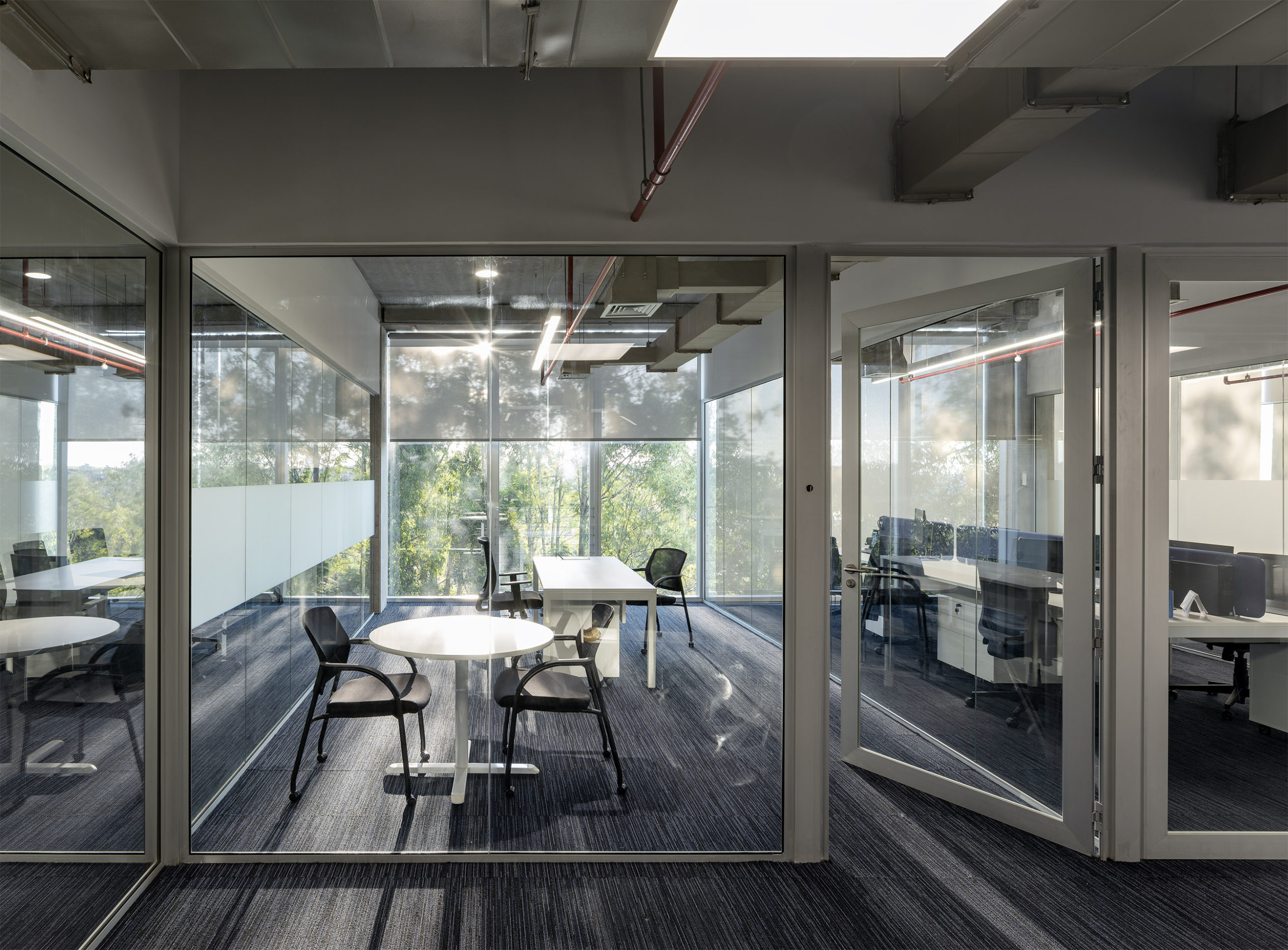
The showroom and offices have a mixed system that encourages the use of natural ventilation, thereby reducing overall cooling loads. This limitation of our dependence on active mechanical plant systems is something that Mario Cucinella Architects have been actively pursuing systematically through all of their projects.
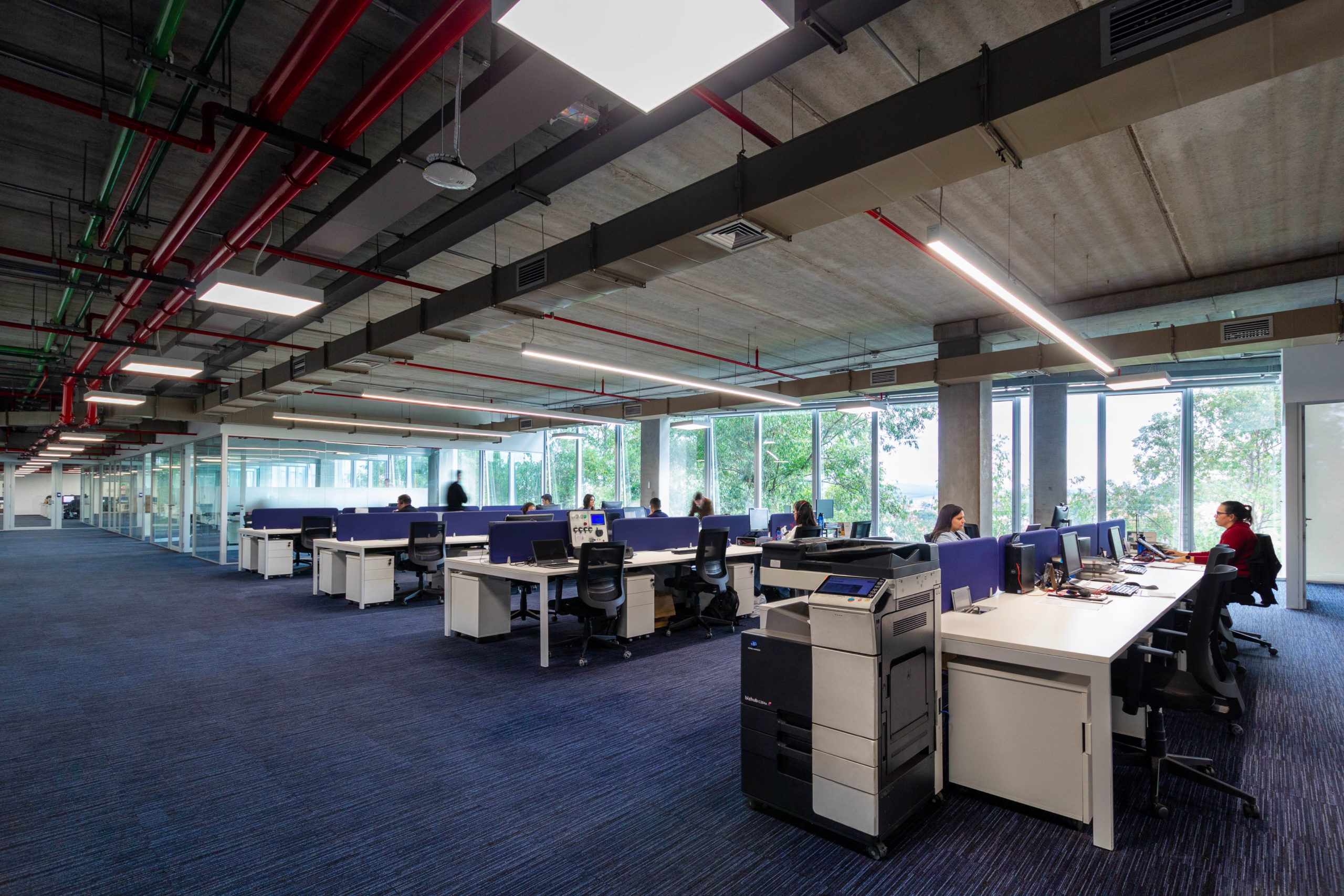
“For the new headquarters of our subsidiary, Nice Brasil, we chose Mario Cucinella Architects to translate, through the language of architecture, our commitment to improving the quality of life for people, including life in the workplace, and to build a sustainable future by reducing environmental impact and respecting the context in which we operate”, says Roberto Griffa, CEO of Nice.
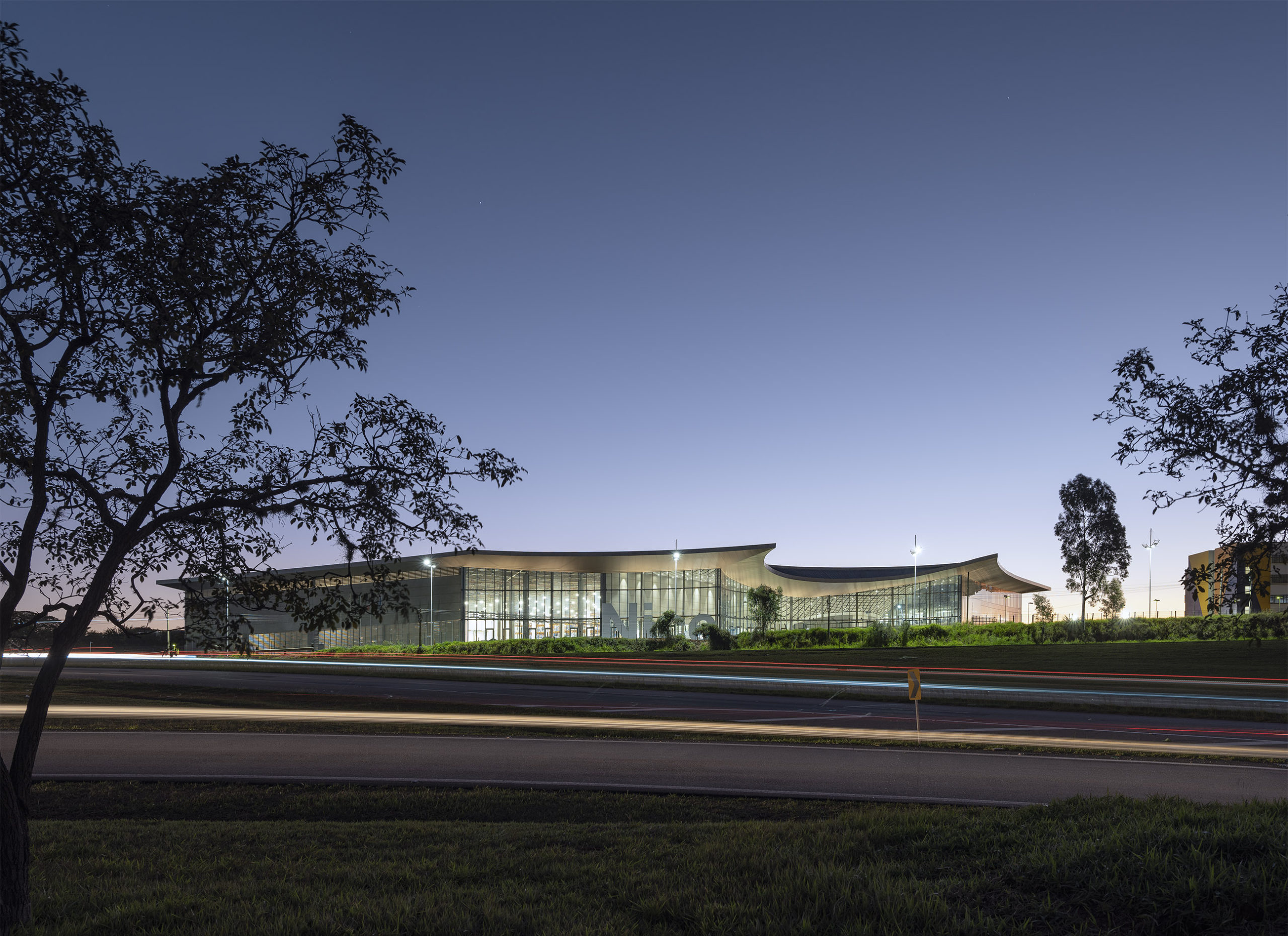
“If we think about the past, we’ve always had a need for a relationship with earth and all its energies, such as the sun, wind, and light. Our project for Nice re-establishes a symbiotic relationship between architecture and nature by interacting with the surrounding landscape, reinterpreting traditional Brazilian architectural elements, and encouraging users to take advantage of all its passive features.”
